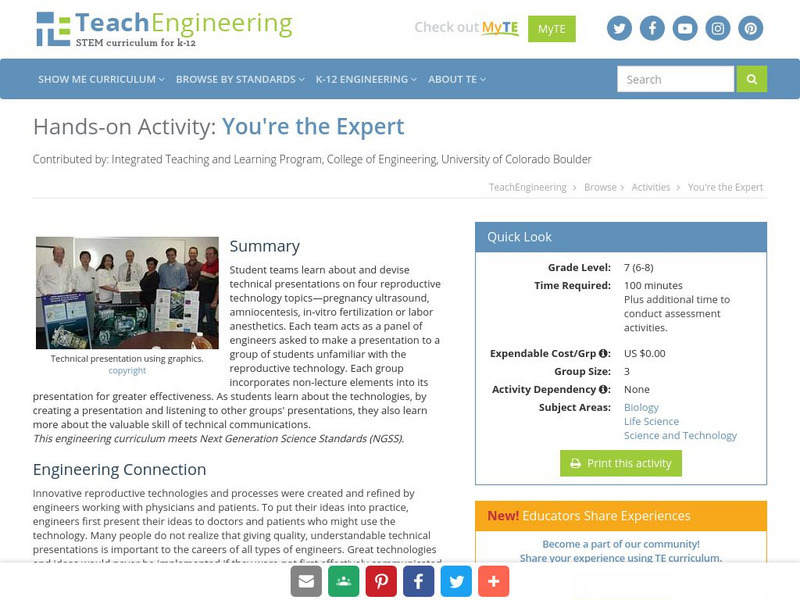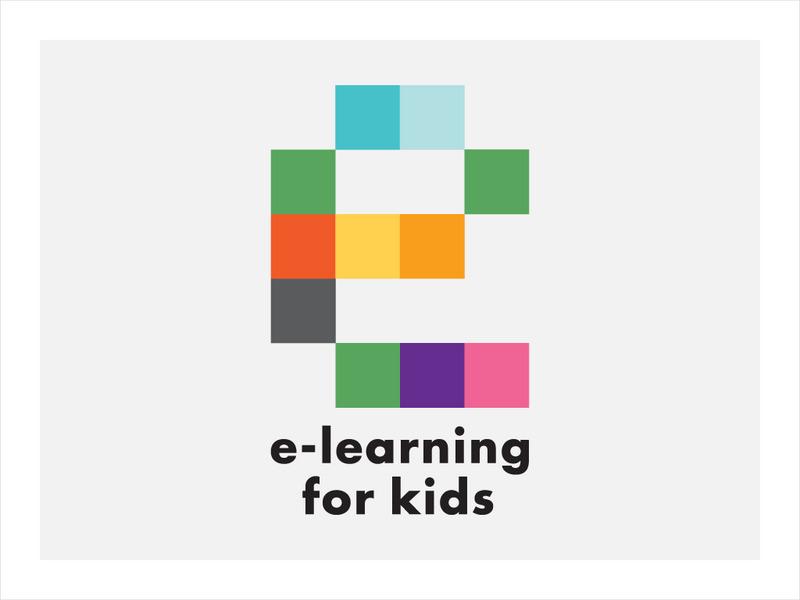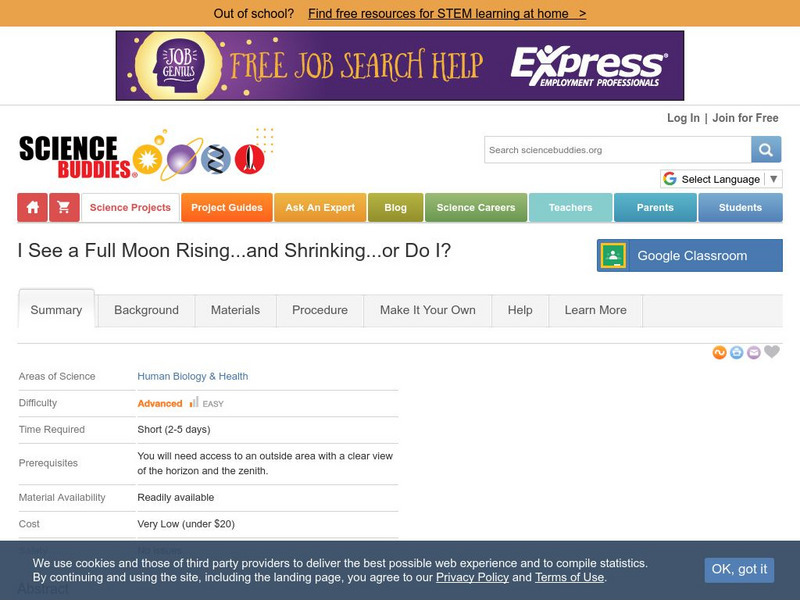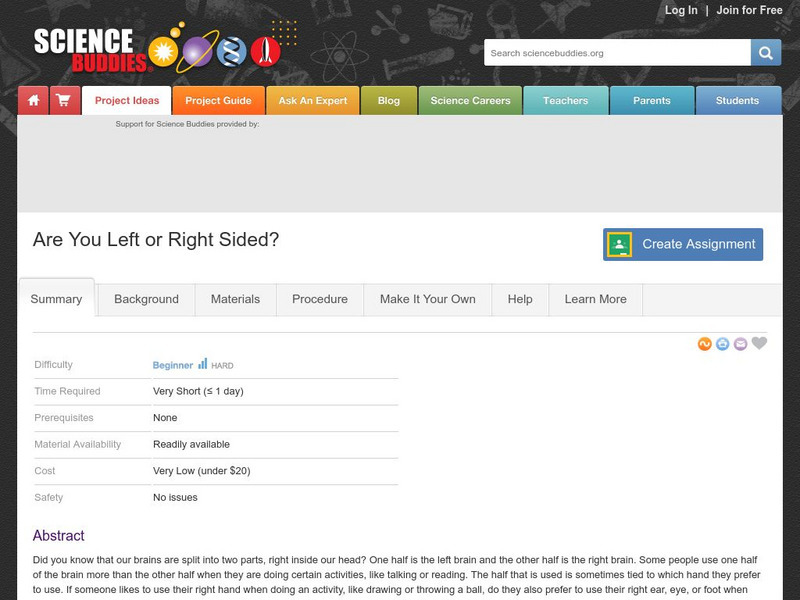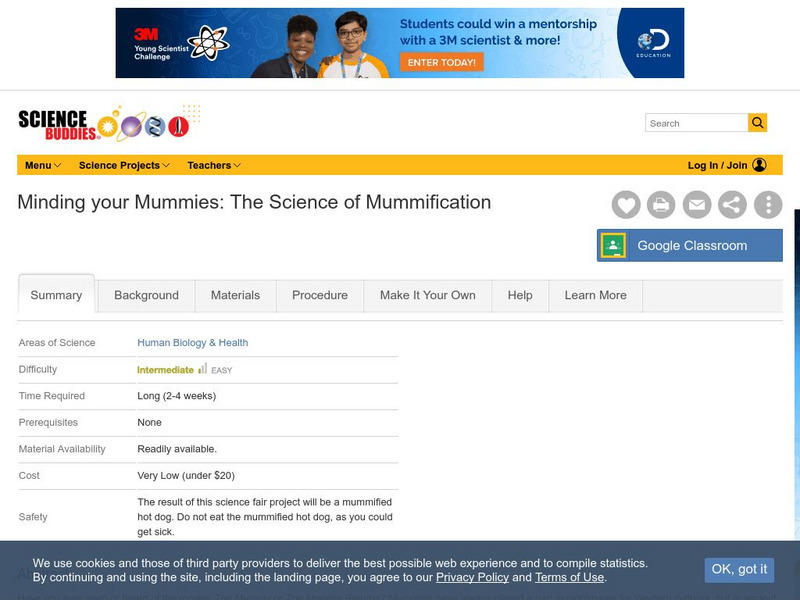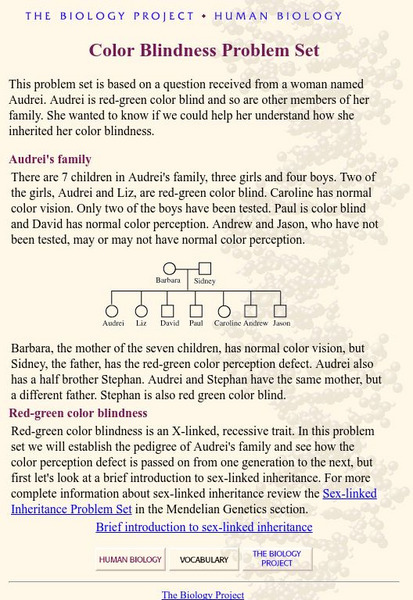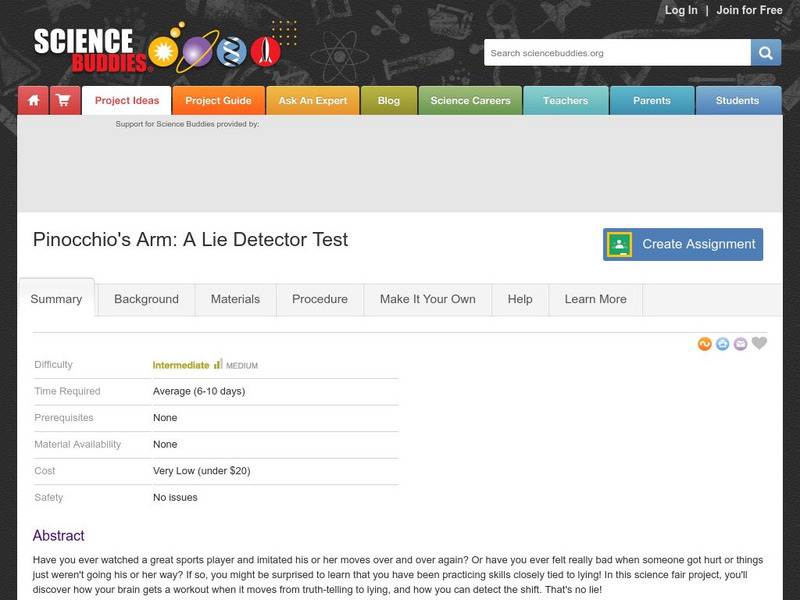OpenStax
Open Stax: Thoracic Cage
Learn here all about the thoracic cage, the part of the human anatomy that forms the thorax portion of the body.
OpenStax
Open Stax: Anatomy & Physiology: Anatomical Terminology
This site provides learners with information regarding anatomical terminology. It covers anatomical position, directional and regional terms used, body planes, body cavities and their organs, and the serous membranes.
Library of Congress
Loc: Everyday Mysteries: What Is the Strongest Muscle?
There are a variety of ways one can look at what might be the strongest muscle in the body. This site defines the various types of muscles and goes on to explain which would be considered the strongest.
Khan Academy
Khan Academy: Innate Immunity
The human body requires a multilayered immune system to keep it running smoothly. The two main classes of the immune system are the innate immune system and the adaptive immune system, or "acquired immunity". This article discusses the...
TeachEngineering
Teach Engineering: You're the Expert
Student teams learn about and devise technical presentations on four reproductive technology topics pregnancy ultrasound, amniocentesis, in-vitro fertilization or labor anesthetics. Each team acts as a panel of engineers asked to make a...
Other
Healthline: Three Dimensional Body Map: Respiratory System
Rotatable view of the respiratory system lets you examine the lungs, larynx, and trachea in 360 degrees.
Alabama Learning Exchange
Alex: Bone Up!
In this lesson students will learn the basics about the skeletal system. They will be able to identify the major bones of the human body and explain the functions of the skeletal system. The students will have the opportunity to navigate...
E-learning for Kids
E Learning for Kids: Science: Diving School: How Do We Move?
Mariven lives in Barbados. He is going on a diving adventure to learn all about bones and muscles of the human body.
University of Texas at Austin
E Fossils: Juvenile Modern Homo Sapiens [Pdf]
This life-sized printout will help students learn about the human skeleton and identify some of the important bones of the human body.
CK-12 Foundation
Ck 12: Barriers to Pathogens
[Free Registration/Login may be required to access all resource tools.] In the following tutorial you will learn about the barriers that keep most pathogens out of the human body.
American Cancer Society
American Cancer Society: Colorectal Cancer
After reading about the functions and jobs of a healthy colon and rectum, read about what happens when these parts of the human body become afflicted with cancer.
Science Buddies
Science Buddies: Fast Food: Can Peppermint Improve Reaction Times?
Did you know that some teachers give their students a peppermint candy on state testing days? Is it to give the kids sweet-smelling breath? Or are the teachers hoping for something more on the important testing day? In this human biology...
Science Buddies
Science Buddies: I See a Full Moon Rising, and Shrinking, or Do I?
The moon appears bigger at the horizon just as it is rising over the treetops, than it does later in the evening when it is overhead. This is because our perception of its size changes based on where it is in the sky. In this human...
Science Buddies
Science Buddies: Are You Left or Right Sided?
Our brains are split into two parts, right inside our head. One half is the left brain and the other half is the right brain. Each side of your brain controls different parts of your body and most people are more dominant controlling one...
Science Buddies
Science Buddies: Minding Your Mummies: The Science of Mummification
Mummies have always played a part in nightmares for Western cultures, but in ancient Egypt, mummification was a serious religious ritual. They believed that preserving human remains was necessary so that the previous owner could enjoy...
Science Buddies
Science Buddies: Project Ideas: Don't Get Burned: Uv Index Throughout the Day
Sun tanning has a bad rap right now. Use a personal ultraviolet monitor to measure the UV index to prevent getting a sunburn. With this science fair project you will create a chart showing the UV ray measurement at different times of the...
The Wonder of Science
The Wonder of Science: Ms Ls1 3: Interacting Body Systems
Work samples, phenomena, assessment templates, and videos that directly address standard MS-LS1-3: interacting body systems.
Gateway Community College
James Crimando: Major Superficial Muscles: Anterior Trunk and Arm
Learn the anatomy of the human anterior trunk and arm.
Gateway Community College
James Crimando: Superficial Head and Neck: Brief Tutorial
Identify various anatomy of the human head and neck.
University of Arizona
The Biology Project: Human Biology: Dna Forensics Problem Set 2
Students practice a problem using DNA profile analysis to characterize human DNA samples as applied in paternity analysis and sex crimes investigations.
University of Kansas Medical Center
University of Kansas Medical Center: Basic Histopathology
These microscopic images of different cells and tissues from the human organs gives an idea of some the pathological processes that occur and the importance of histology.
University of Arizona
The Biology Project: Human Biology: Color Blindness Problem Set
This problem set is based on a question received from a woman with red-green color blind as well as other members of her family. She wanted to know if we could help her understand how she inherited her color blindness.
Science Buddies
Science Buddies: Pinocchio's Arm: A Lie Detector Test
You might be surprised to learn that you have been practicing skills closely tied to lying if you have ever seen someone in pain, or mimicked your favorites sports athlete. In this science fair project, you will discover how your brain...
Science Buddies
Science Buddies: A Day in the Life of Your Heart
Heart rates can be determined by the amount of physical activity your body is engaging in. The more physically active you are, the faster your heart beats. You can measure the rate your heart is beating by taking your pulse. This science...




